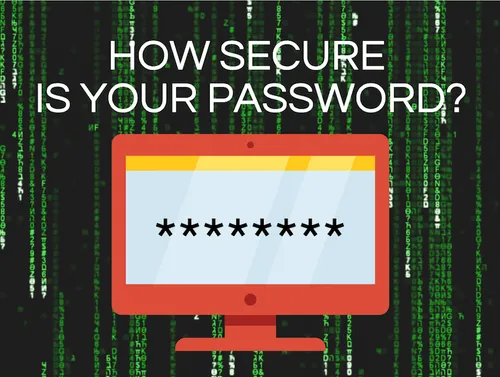
Knowledge base
August 25, 2023
Top 10 Recommended Methods For A Secure Password
In today’s digital business world, the use of technology within your organization is inevitable. While technology can undoubtedly give your company an edge in increasingly competitive markets, there are many tricky areas to keep an eye on. This is why interest in cybersecurity has increased in recent years.
Password protection is the best first step to increase your cyber security. Setting a password to secure an entity’s data is called password protection. Once data is password protected, only those with the passwords can access information or accounts. However, because of the frequent use of passwords, people tend to underestimate their importance and make careless mistakes, which can lead to security breaches.
This makes it necessary for companies to devise strategies to educate employees on best practices in using passwords.
5 Things not to do with passwords
Protect the confidentiality of your passwords by following these five “don’ts.”
- Do not write down passwords on memo pads.
While you may think that writing down passwords improves password security and makes it harder for someone to steal your passwords online, it can make it easier for someone to steal your passwords locally. - Don’t store passwords in your browser.
Web browsers are bad at protecting passwords and other sensitive information such as your name and credit card number. Browsers can be easily compromised and there is a wide range of malware, browser extensions and software that can extract sensitive data. - Do not vary your password (for example, from PowerWalker1 to PowerWalker2).
Although this is a common practice among digital users, it is unlikely to protect against advanced cyber threats. Hackers have become far too clever and can crack varied passwords in an instant. - Do not capitalize first letter of your password to meet the “one capital letter” requirement.
Out of habit, most of us capitalize the first letter of our passwords to meet the “one capital letter” requirement. Hackers are aware of this, however, making it easy for them to guess the position of the capital letter. - Do not use “!” to satisfy the requirement for symbols.
But if you must use it anyway, don’t put it at the end of your password. Placing it elsewhere in the sequence makes your password more secure.
5 Things you do need to do with passwords
Protect the confidentiality of your passwords by following the following five “do’s”:
- Create long, phrase-based passwords that replace letters with numbers and symbols.
For example, if you choose “Honey, I shrunk the kids,” write it as “h0ney1$hrunkth3k!d$.” This makes your password harder for hackers to crack. - Use multifactor authentication.
It is your responsibility to do everything in your power to keep unsavory cybercriminals at bay. One of the best approaches is to barricade them with multiple layers of authentication. - Always use passwords that are longer than eight characters and contain numbers, letters and symbols.
The more complicated it is for hackers, the better. - Always use a different password for each account.
If you use the same password for multiple accounts, you give cybercriminals a golden opportunity to exploit all your accounts. - Use a password manager.
A password manager can ease the burden of remembering a long list of passwords, freeing up your time for more productive tasks.
Maintaining best password practices requires constant vigilance and effort on your part. As a result, it’s best to work with an expert managed service provider (MSP), like us, who can help you increase your security and give you peace of mind. Contact us for a free consultation.
Want to know more?

Related
blogs
Tech Updates: Microsoft 365, Azure, Cybersecurity & AI – Weekly in Your Mailbox.









